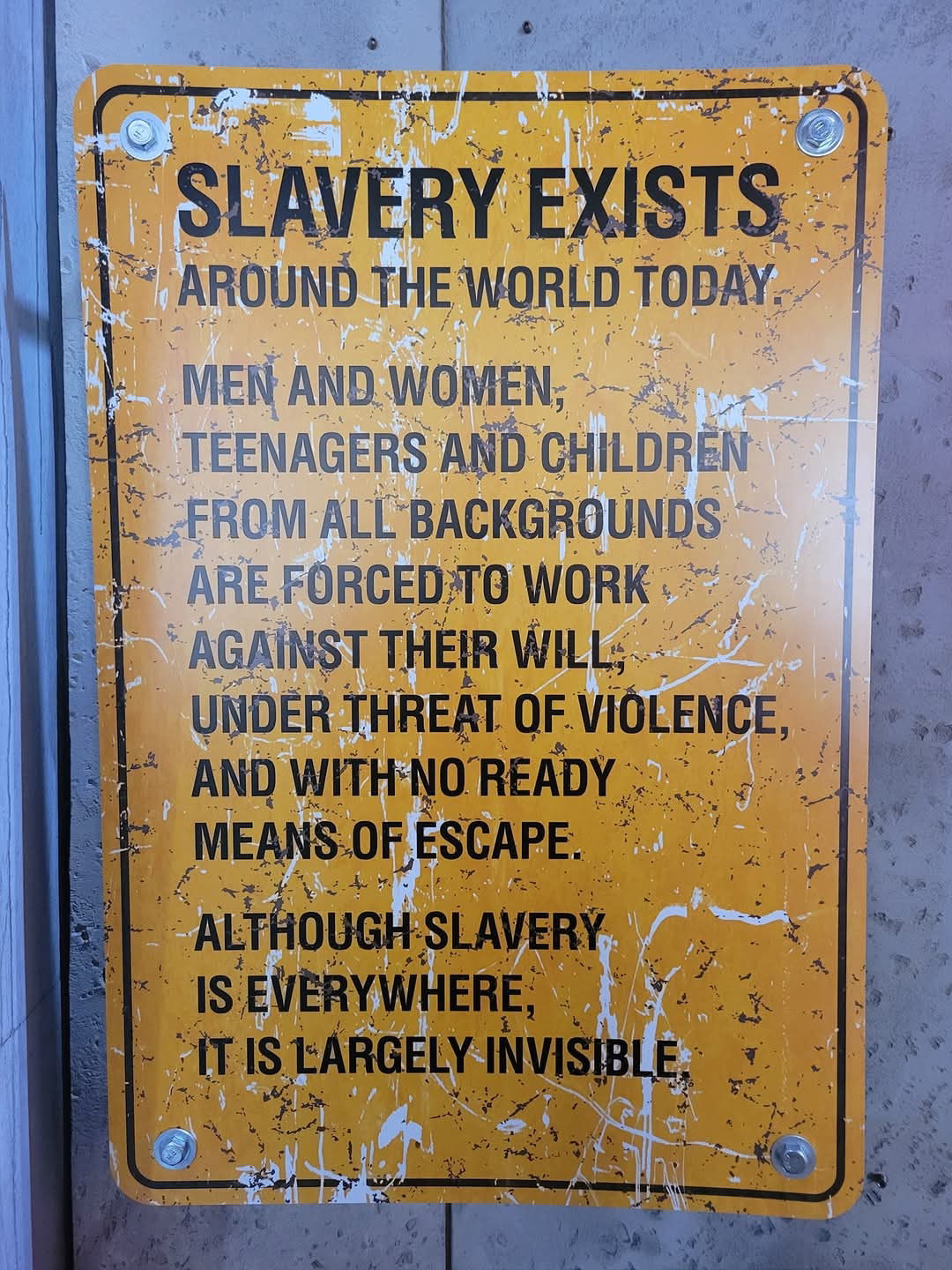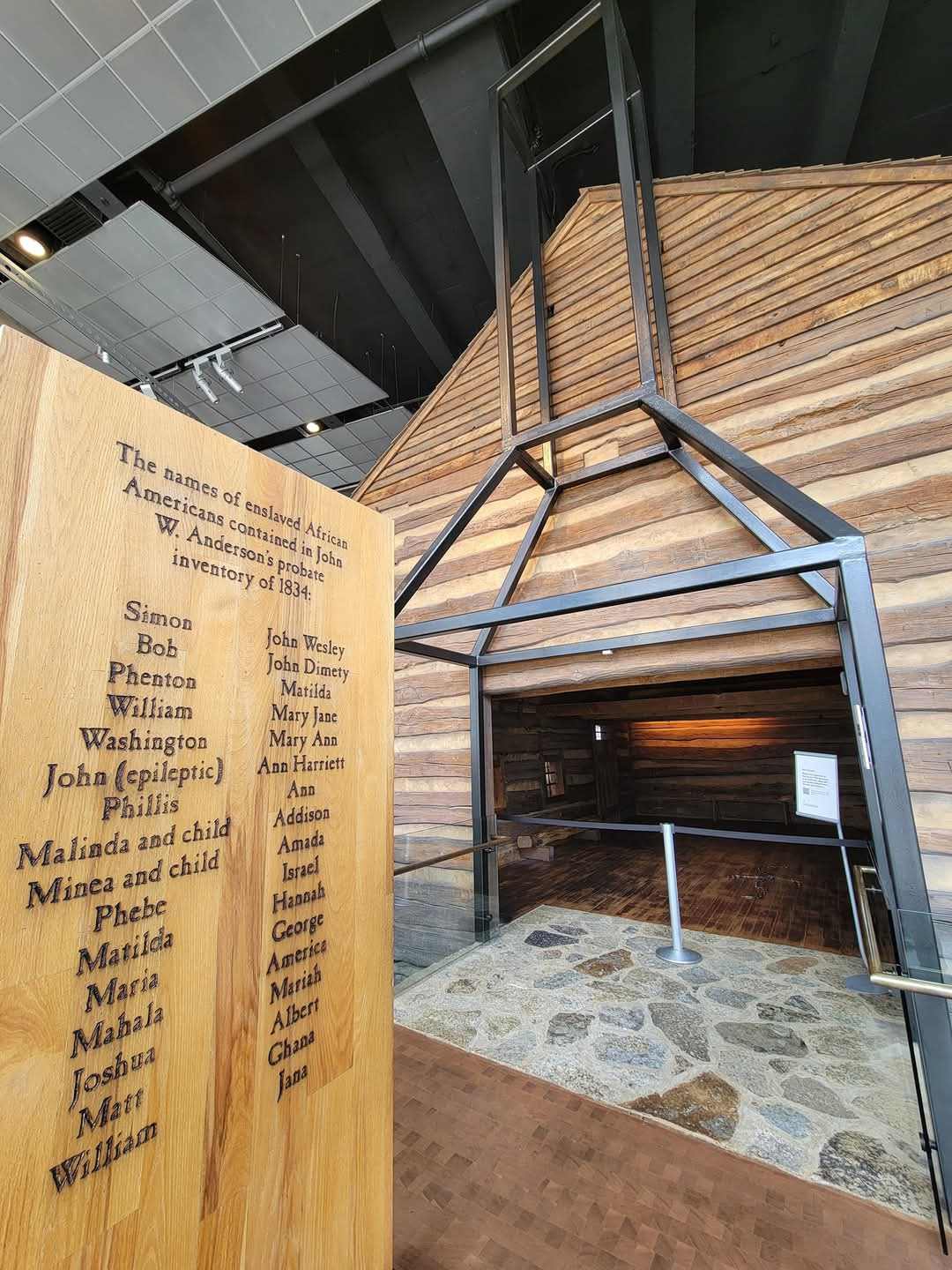The history of the Underground Railroad is a compelling and inspiring chapter in the story of American slavery and the quest for freedom. The Underground Railroad was a secret network of routes and safe houses used by enslaved African Americans to escape to free states and Canada during the early to mid-19th century. It was neither underground nor a railroad but rather a series of coordinated efforts by abolitionists and allies dedicated to helping enslaved people reach safety.
The origins of the Underground Railroad can be traced back to the late 18th century, when abolitionist sentiment began to grow in the United States. By the early 19th century, it had developed into a more organized system. The network was composed of both black and white abolitionists, including free African Americans, Quakers, and other anti-slavery activists.
Conductors were individuals who guided escapees from one safe house to another. These safe houses, often referred to as "stations," were places where fugitives could rest and hide during their journey. Stationmasters were those who provided shelter and resources, risking their own lives and safety to assist in the cause.
Several notable figures were instrumental in the success of the Underground Railroad. Harriet Tubman, an escaped slave herself, became one of the most famous conductors. She made numerous trips back to the South, leading over 300 slaves to freedom and earning the nickname "Moses." Levi Coffin, a Quaker, was another key figure who helped thousands of runaway slaves. His home in Indiana became known as the "Grand Central Station" of the Underground Railroad.
Routes often began in the Deep South, where escapees would travel by night, using the North Star for guidance. They would move through border states like Kentucky and Ohio, crossing the Ohio River, which marked a significant milestone in their journey towards freedom.
The Underground Railroad operated until the end of the Civil War. The passing of the Fugitive Slave Act of 1850, which required the return of runaway slaves even in free states, made the work of the Underground Railroad even more dangerous. Despite this, the network continued to grow, and its efforts contributed to the mounting tensions between the North and South, which eventually led to the Civil War. With the issuance of the Emancipation Proclamation in 1863 and the eventual victory of the Union in 1865, slavery was abolished, bringing an end to the need for the Underground Railroad.
In 2004, the National Underground Railroad Freedom Center opened its doors in Cincinnati, Ohio, a city with historical significance as a major stop on the Underground Railroad. Located on the banks of the Ohio River, the center is dedicated to preserving the history of the Underground Railroad and educating the public about the ongoing struggle for freedom and human rights.
The Freedom Center features a range of exhibits, including a restored slave pen, interactive displays, and powerful narratives that illustrate the courage and determination of those who fought for freedom. It connects the past to the present, highlighting contemporary issues of human trafficking and social justice. The National Underground Railroad Freedom Center stands as a testament to the bravery of those who risked everything for freedom and the enduring human spirit's quest for justice and equality. It serves as a beacon of hope and a reminder that the fight for freedom is an ongoing journey.






